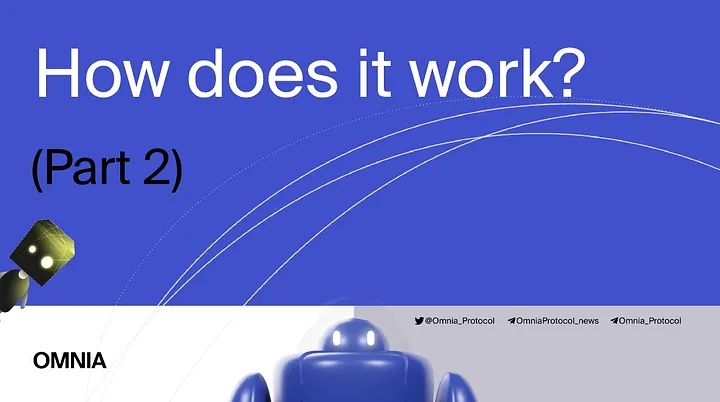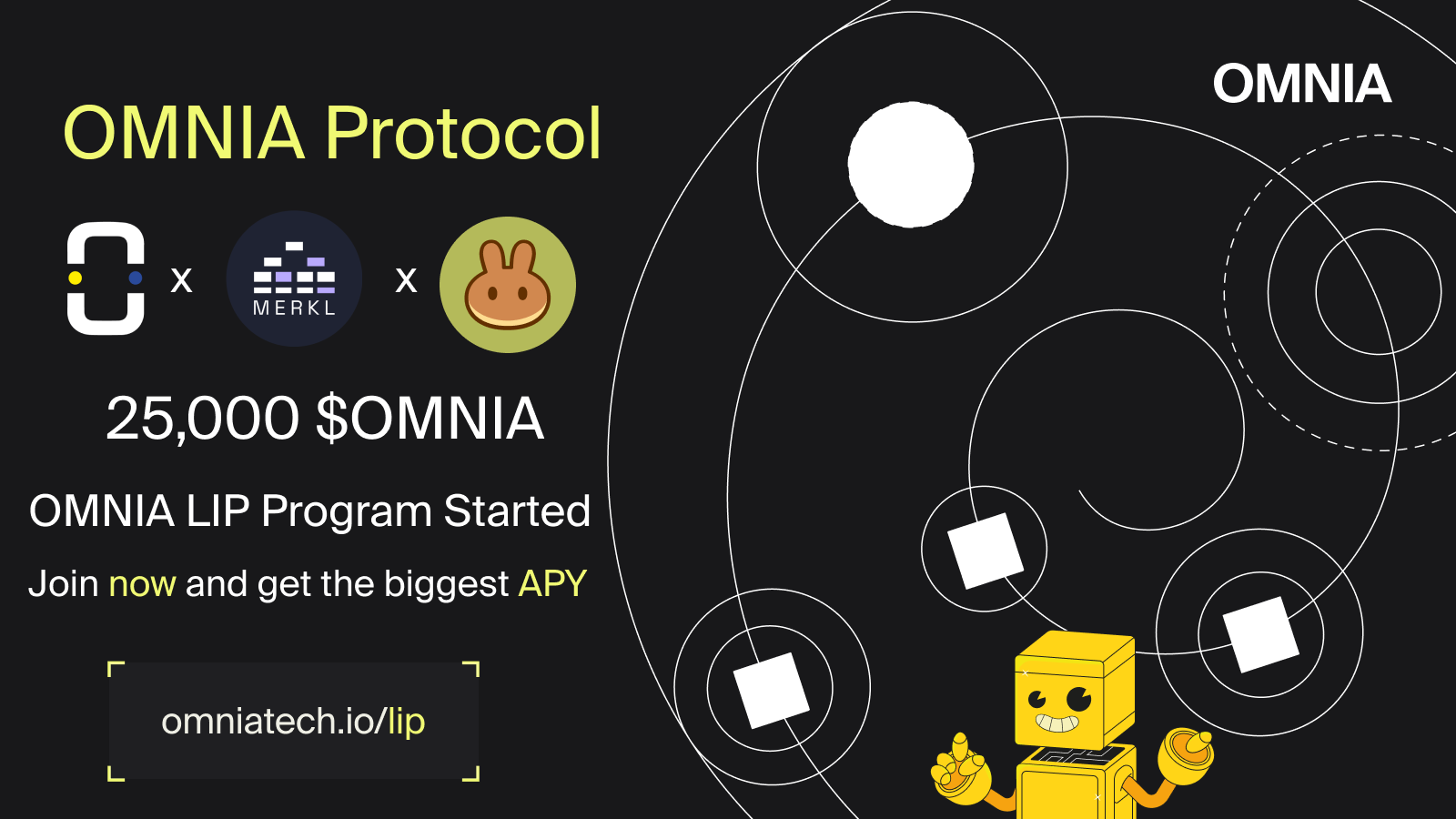
Omnia Protocol — How does it work ? (Part 2)
Omnia Protocol is a decentralized infrastructure protocol for securely accessing the blockchain so that no single point of failure will ever disrupt blockchain applications or wallets integrating with it. At the same time, it allows anyone to earn rewards by hosting and maintaining a node on a specific blockchain.
The purpose of the Omnia Protocol is two-folded:
- Omnia Protocol can generate secure endpoints for you to use in your wallet or application when accessing the blockchain, thus maintaining privacy (check our article Omnia Protocol: How does it work — Part 1);
- Omnia Protocol rewards node owners for sharing their resources by running either blockchain nodes and/or privacy relayers.
This article will focus on the latter, explaining on which metrics the rewards are based on and how they are distributed to node owners and privacy relayers.
How does OMNIA reward users?
Regarding the compensation for those who share resources, OMNIA separates them in two groups according to type of software they run:
- The blockchain nodes already running and maintaining networks such as Ethereum, Bitcoin, Binance Smart Chain, etc.
- The privacy relayers which help mix and obfuscate traffic to preserve privacy.
We will explain each type, how one can access it, the performance metrics, and how OMNIA rewards or penalizes these resource providers based on their behavior.

Blockchain nodes
The blockchain nodes should belong to the community in the same profitable manner in which enterprise node providers run thousands of nodes. The main advantage is that when more people are incentivized to run nodes, the more decentralized and healthy the blockchain network will become.
For example, if one person already has an Ethereum (or any other blockchain) node running, he can add his node to OMNIA via a simple web interface, which requires the following information: the URL/IP of the node, credentials (if any) to access it, an availability offer (ex. 99,99%) and the performance quota. The performance quota is measured in requests per second (RPS). The higher the performance, the bigger the reward will be.
To join the OMNIA network, node providers must stake OMNIA tokens. Then, they should commit to the performance metrics they defined (availability, RPS quota, etc.). If their performance does not consistently match the pledged number, the rewards will decrease. Furthermore, in extreme conditions where OMNIA detects malicious behaviors against the network’s benefit, users will get slashed and lose the staked tokens.
Privacy relayers
Anyone can host privacy relayers and easily earn rewards. Users should be able to download and run an application from OMNIA, which will set up a privacy relayer. At the same time, users have to stake OMNIA tokens to join the network, similar to what node providers have to do. As the number of users adds up, the number of OMNIA privacy relayers will also grow, creating a larger mesh in the long run.
In essence, the privacy relayers network should obfuscate the traffic to the blockchain nodes, thus protecting the user’s privacy, applications, and wallets in the process. Furthermore, the bigger the pool of relayers, the harder it is for rogue parties to interfere with our network. Finally, staked OMNIA tokens will be slashed if users defy the agreed protocol.

How do OMNIA privacy relayers work?
The fundamental
The Tor network is a good place to start to understand better how privacy relayers work. Tor is a project that created a network of computers for use as nodes in onion routing. Anyone can set up their computer to become a Tor node. In addition, onion routing means using multiple computers to create a chain before accessing the desired server. As a result, no individual computer knows who you are and what you want. Theoretically, it is excellent for anonymity.
The problem
In practice, research shows that more 25% of the Tor network is compromised and used to launch man-in-the-middle attacks, target bitcoin addresses, and much more. In addition, a considerable number of researchers have published scientific evidence that Tor’s lack of traffic pattern obfuscation would ultimately lead to revealing the user identity.
The solution
OMNIA leverages mixnets, a better version of Tor’s underlying technology. Mixnets are not used in isolation, they are used in networks to distribute trust and do not have a single point of failure. OMNIA augments mixnets with additional traffic obfuscation measures and delay injection to mitigate Tor’s known issues by making the in & out traffic correlation impossible.
Each privacy relayer contributes with a part of the obfuscation and routes the request to the next relayer. Finally, after a few hops, the request is routed to an actual blockchain node that will serve that specific request.
What requests can go through the privacy relayers?
- A request can be a generic blockchain transaction, for example, sending BTC from one address to another
- A Decentralized Exchange (DEX) trade
- or simple requests to read data from a specific smart contract, as blockchain applications, games, and wallets periodically do
The relayer is agnostic to the underlying blockchain to which a user, wallet, or application is making requests.
Summary
- Due to the way OMNIA is built, every additional node and privacy relayer increases the privacy and the performance of the entire system.
- Users can add their nodes to OMNIA network via a web interface.
- Everyone can run a privacy relayer simply by downloading and installing a program.
- All nodes and privacy relayers providers must stake a fixed amount of OMNIA tokens to join the network — this makes any attack economically infeasible.
- Turning against the network will result in penalties for staked tokens.
- Omnia privacy relayers utilize mixnets with decoy traffic and delay injection against advanced adversaries.


